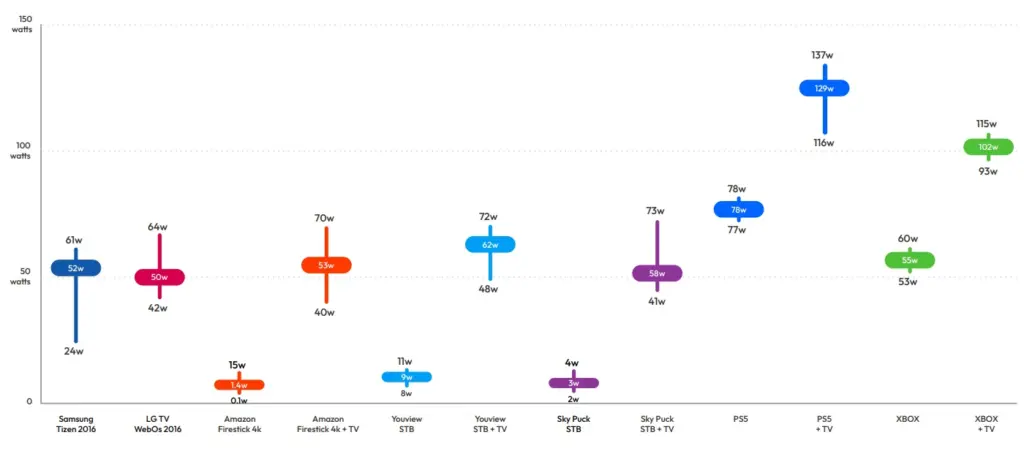A recent study conducted by Accedo has unveiled significant variations in energy consumption among different streaming devices. The research has provided a detailed look into the energy consumption habits of various streaming devices, revealing that standalone TVs rank as the most energy-efficient option. However, the practice of autoplaying content can significantly ramp up the energy consumption of these devices.

Accedo implemented a series of tests at the application level to measure variations in energy consumption. The tests included modifications to variables like bitrate, screen resolution, and color scheme (dark vs. light mode). The goal was to understand how these changes could influence the energy footprint of streaming devices. Another area of interest was the role of user interface and user experience in energy consumption. They even went on to suggest improved UX guidelines designed to prevent superfluous playback.
Set-top-boxes emerged as modest energy consumers in the study. For example, the Amazon Fire registered at approximately 1.5W, Sky Puck at about 3W, and Youview hovered around 10W. Conversely, gaming consoles had a higher energy pull, averaging at 70 watts. Smart TVs emerged as the most energy-efficient option, consuming about 51W with energy-saving features turned on and backlight set at a 20% level. However, this figure jumped significantly when default backlight settings were applied, with LG WebOS TV drawing around 120W and Tizen 2016 close to 130W. Turning off the energy-saving features further increased this consumption to 170W and 200W, respectively.

